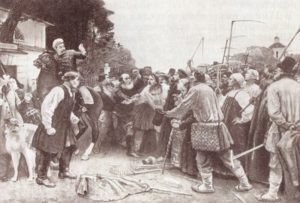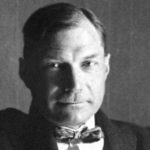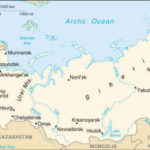12 facts about the development of capitalism in Russia
 In Russia, the development of capitalism began even before the revolution, after which it was abruptly stopped for many decades. Soviet power opposed capitalism to communism, evaluating it exclusively from a negative point of view. The official ideology claimed that in capitalist countries the people are in an oppressed position, but in socialist countries the opposite is true.
In Russia, the development of capitalism began even before the revolution, after which it was abruptly stopped for many decades. Soviet power opposed capitalism to communism, evaluating it exclusively from a negative point of view. The official ideology claimed that in capitalist countries the people are in an oppressed position, but in socialist countries the opposite is true.
There is a monumental work devoted to this issue, which is called “Development of capitalism in Russia”. Its author is none other than V.I. Lenin. This book was first published in 1899 under the pseudonym “Vladimir Ilyin”. The leader of the world proletariat worked on the book for three years, relying on more than 500 sources.
One of the first facts illustrating the manifestations of capitalist tendencies was the strengthening of the position of the landowners at the end of the 19th century. Serfdom no longer existed, and landlordism began to gradually change with a bias in capitalism, and the peasant estate was divided into poor and wealthy.
Lenin himself believed that it was the agricultural sphere that was the main driver of the development of capitalism in Russia. This point of view is quite justified, since at the turn of the XIX-XX centuries, our country was mainly agricultural.
Before the abolition of serfdom, there were few capitalist manifestations in the Russian economy. Actually, the very existence of this right hindered the development of economic relations, and the regularly increasing corvée (i.e., quitrents) simply ruined the peasants.
Serfdom negatively influenced the development of capitalism not only for the aforementioned reason. It’s simple – the peasants, obliged to work for free for the landlords, were not interested in doing the job well, in good conscience. After the abolition of serfdom, they got the most capitalistic motivation, that is, material. Those who worked better and were smart were earning more.
The development of capitalism in Russia was also manifested in the peasants leaving “to earn money.” Leaving the land on which they were fixed, and heading into the cities, they mastered new professions, merging into the flow of commodity-money relations.
A significant contribution to the development of the capitalist model of society was made by the strengthening of Russian industry. This positively affected the strengthening of domestic economic ties and improved the economy. Under the influence of this factor, the domestic market began to expand.
In the XVIII-XIX centuries, exports in the Russian Empire prevailed over imports. Simply put, our country sold more goods abroad than it imported from abroad, thereby replenishing its budget.
A marked influence on the development of capitalism was exerted by the development of certain spheres of industry in the 18th century. It was then that the goods traditionally exported by Russia (furs, leather, etc.) added metals, canvas, textiles and especially bread.
Some historians consider the year 1861 to be the very date when the development of capitalism in Russia began, so to speak, officially. It was then that Emperor Alexander II abolished serfdom, giving the economy a new impetus.
Despite the above, the reform that abolished serfdom was primarily aimed at landowners and large landowners. Many peasants were not able to pay off the former owners, and for them, by and large, nothing has changed.
At the beginning of the 20th century, about 60% of all privately owned lands were concentrated in the hands of representatives of the nobility. But then the erosion of social classes and their rapprochement with each other had already begun, which also indirectly affected the development of capitalism in the Russian Empire in a positive way.



























